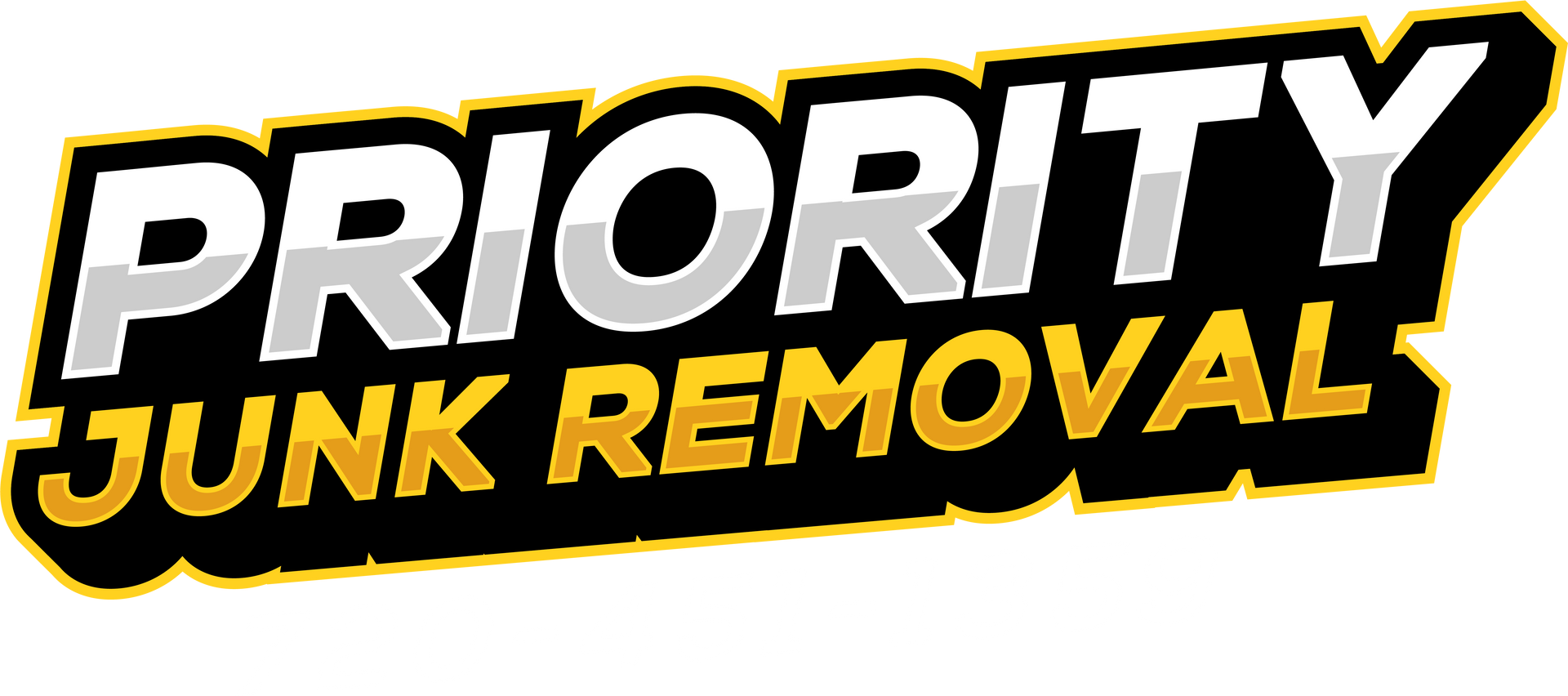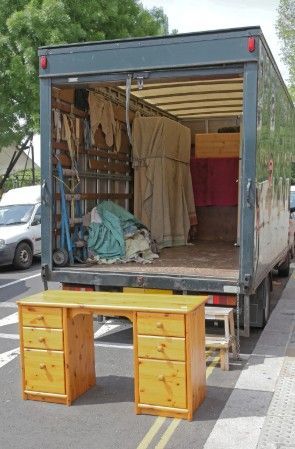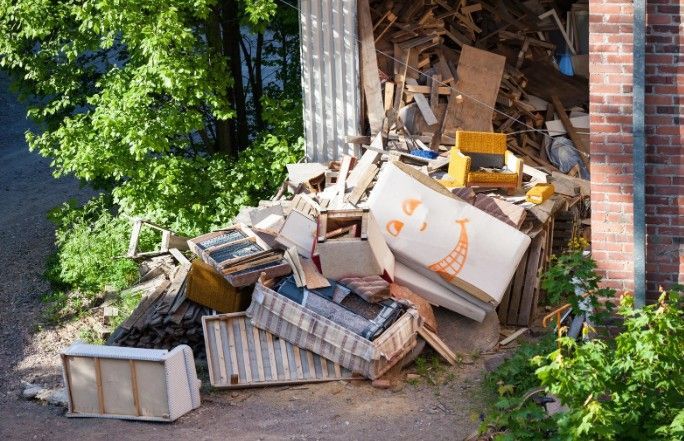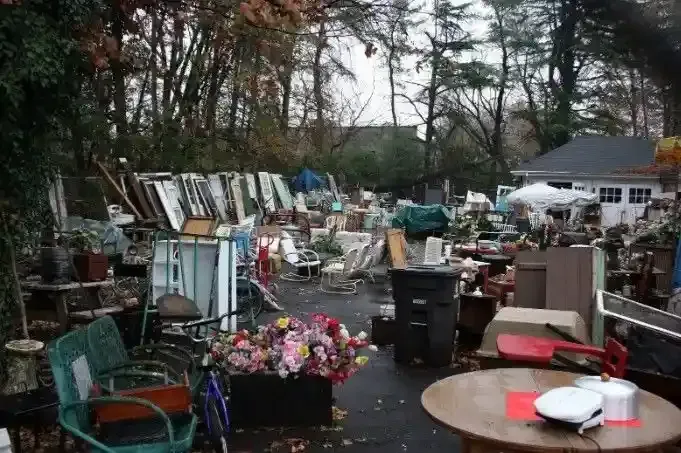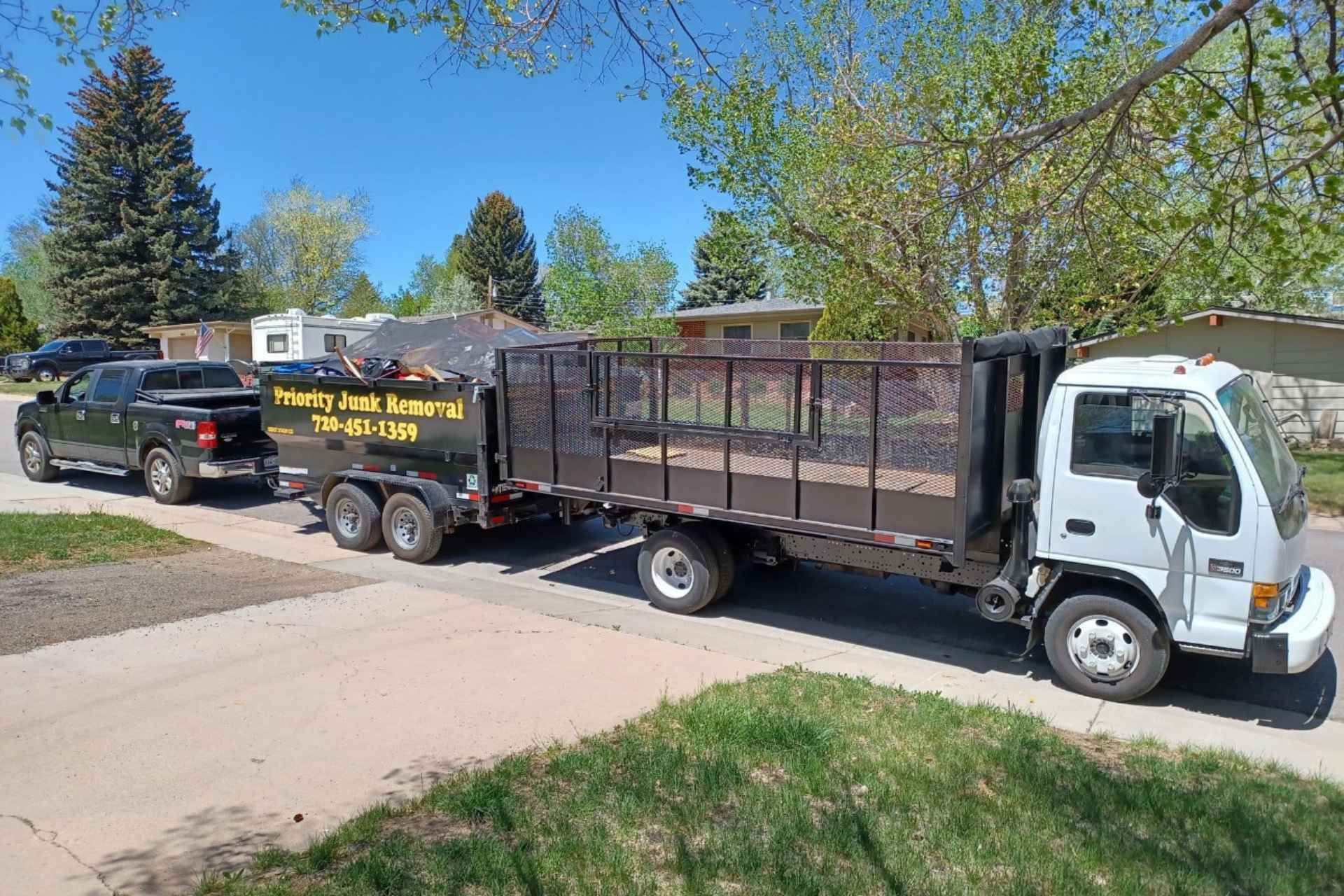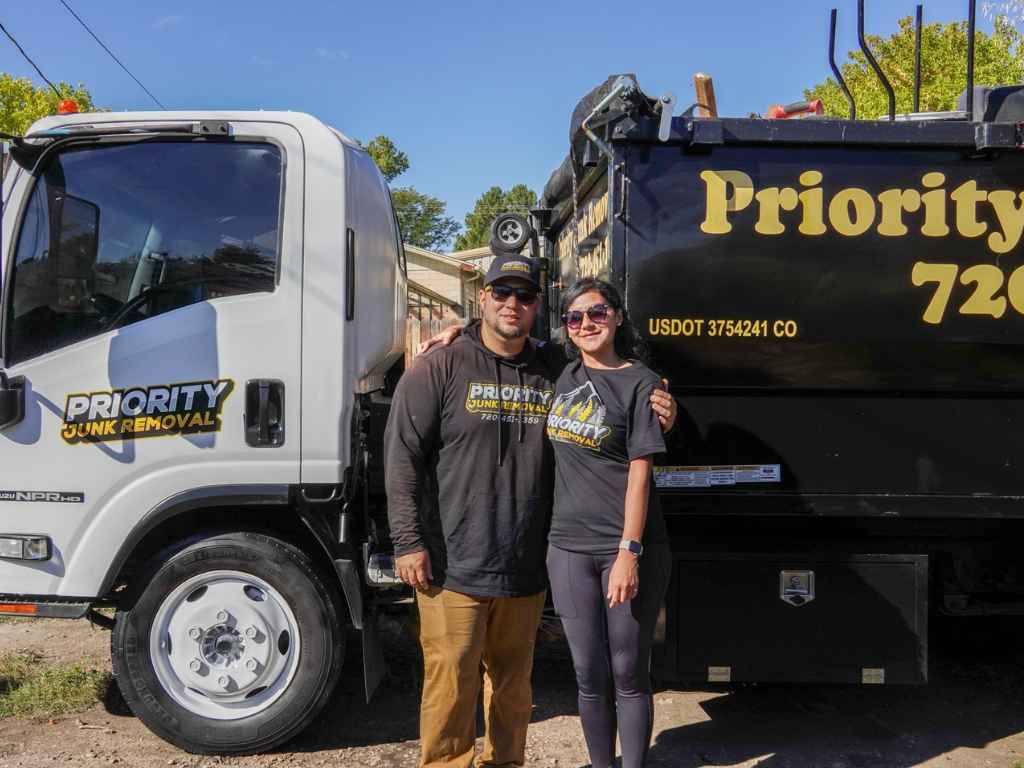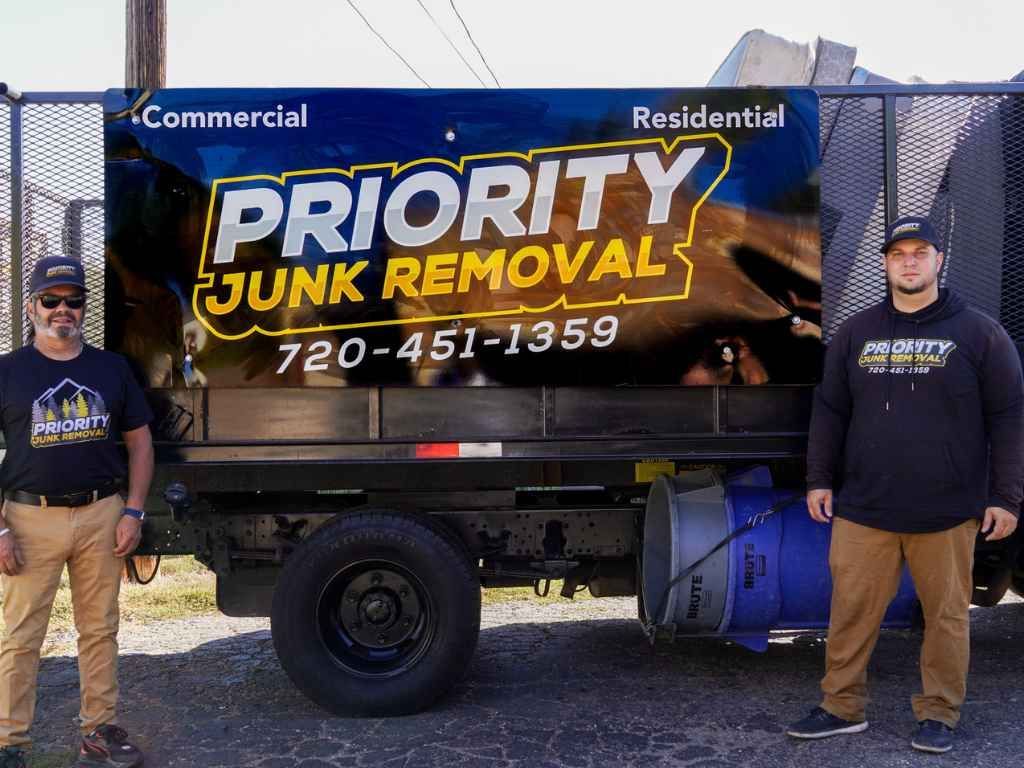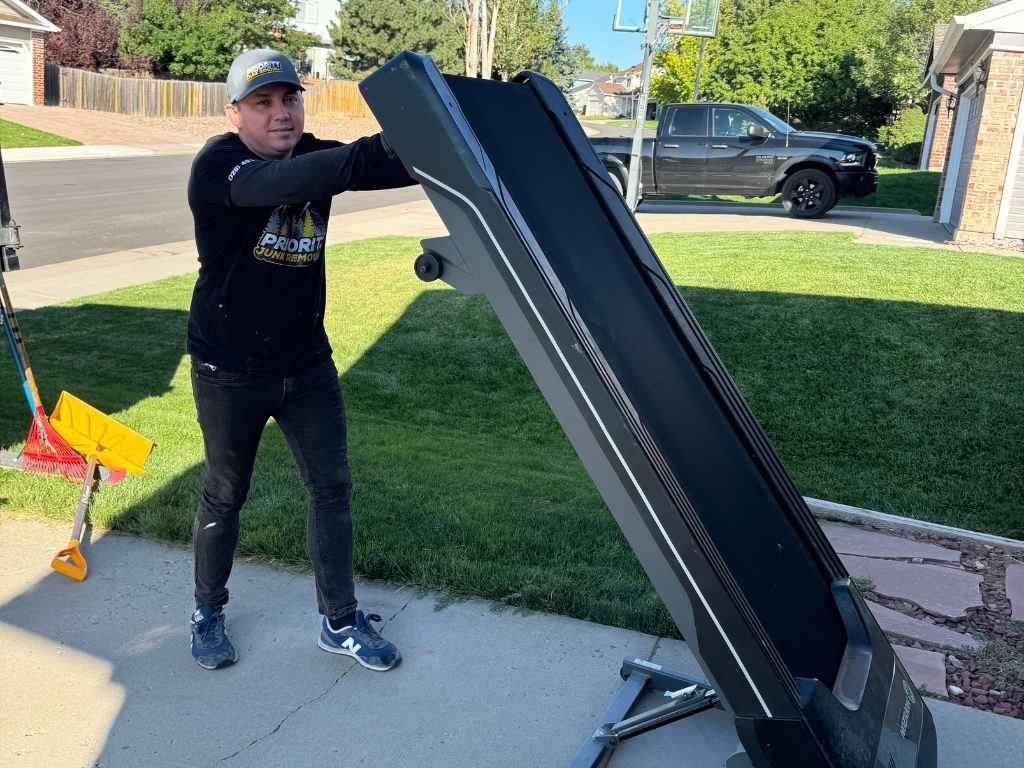Residential Junk Removal: What to Keep and What to Toss
Every home accumulates clutter over time. It’s part of the rhythm of life—items we no longer use pile up, taking up valuable space. Whether it’s from old furniture, outdated electronics, or boxes of forgotten items gathering dust in the attic, the question always arises: What should I keep, and what should I toss?
In this article, we’ll guide you through the process of sorting your belongings and making the crucial decisions about what stays and what goes. A successful residential junk removal strategy doesn’t just involve tossing everything into a dumpster; it’s about clearing out the clutter thoughtfully and responsibly. Ready to dive in? Let’s explore what makes the cut and what should be let go.
The Psychological and Practical Benefits of Decluttering
Before we dive into specifics, let’s take a moment to discuss the importance of decluttering. It’s not just about aesthetics or having more space—although both are great outcomes. A clutter-free home can have a surprising impact on your mental well-being. Studies have shown that an organized space leads to reduced stress, higher productivity, and a better sense of control over your environment.
Moreover, residential junk removal isn’t just practical; it’s an investment in your lifestyle. The less you hold onto, the more you’ll be able to make room for things that truly matter. By removing unnecessary items, you are also freeing yourself from the mental burden of excess, which can be just as weighty as the physical clutter.
Create a Junk Removal Plan
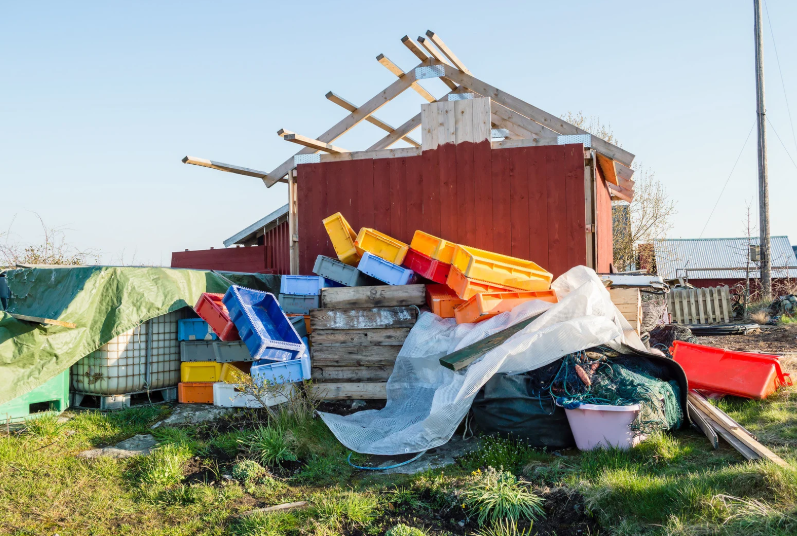
The first step in the junk removal process is planning. Tackling your entire home at once can feel overwhelming, but you don’t have to do it all in one go. Start small by focusing on one room or area at a time. Breaking it down into manageable tasks makes the process less intimidating and more effective. Begin by assessing your space. Take a good look at the area you want to clear and consider what’s useful versus what’s just taking up space.
Ask yourself: Does this item contribute to my daily life? If the answer is no, it’s probably time to let it go. Next, categorize your items. Divide them into clear groups like Keep, Donate, Sell, and Toss. Some decisions will be obvious, but others might require more thought. Being specific with your categories will make the process smoother and help you stay organized as you declutter.
The Essentials
Now that we’ve set the stage, let’s dig into what you should consider keeping. Not everything is destined for the trash heap! You don’t want to get rid of sentimental items or things that are still in good condition and can be useful. Let’s look at some of the categories that deserve a second thought before you toss them.
- Sentimental Items: Family heirlooms, old photos, and cherished mementos are priceless. They carry memories that transcend their physical form. While it’s tempting to clear out every corner, sentimental items deserve a place in your home. Keep them in a special storage box or a dedicated space in your home.
- Items with Future Potential: Do you have books, old electronics, or gadgets that are still functional? Before you toss them, ask yourself if they could be repurposed or sold. Maybe that vintage record player isn’t just taking up space—it could be a hot item for resale. The same goes for old furniture.
- Documents and Personal Records: Important documents like birth certificates, tax returns, and legal papers need to be kept, of course, but digital versions can take up less space. Consider scanning important documents to create an easy-to-access digital archive, saving physical space while keeping everything organized.
- Items that are Used Regularly: Clothing you wear often, kitchen tools you use daily, or gadgets that still serve their purpose—these are the items that should stay. Evaluate each item with the lens of usefulness and necessity. If an item is still actively serving a purpose in your home, keep it!
- Furniture in Good Condition: Sometimes we replace furniture before it’s actually worn out. If the item is still in good condition and suits your style, there’s no need to part with it prematurely. Maybe it just needs a little sprucing up.
The Junk You Don’t Need
On the flip side, there are plenty of things that simply don’t have a place in your home anymore. Junk removal isn’t just about clearing out the obvious trash—it’s about getting rid of anything that no longer adds value to your life. Here’s a look at what you should definitely consider tossing.
Broken or Damaged Items
That toaster that hasn’t worked since last year, the flickering lamp you keep ignoring, and the chair with the wobbly leg—these broken items are doing nothing but taking up space. If you haven’t used it in months and it’s beyond repair, it’s time to cut ties. Holding onto damaged items creates clutter and prevents you from making room for things you actually need. Letting go of broken or damaged goods is a simple but effective way to reclaim space and reduce visual chaos in your home.
Expired Products
Expired food, medications, and beauty products don’t just lose their effectiveness—they can also pose health risks. If you can’t remember when you bought it, it’s probably time to toss it. The same goes for cleaning products that no longer work as intended. Keeping outdated items can lead to accidental use or unnecessary clutter. Clearing out expired products not only keeps you safe but also makes your home feel cleaner and more organized.
Duplicate Items
It’s easy to accumulate multiples of everyday items—mugs, towels, and kitchen gadgets—but do you really need 12 mismatched coffee mugs or five sets of sheets? Extra items often sit unused, taking up valuable storage space. Reducing duplicates creates more room and makes it easier to find what you need. Keep the best and donate or recycle the rest. Streamlining your space by cutting down on extras can help you maintain a more organized and stress-free home.
Seasonal Items You Never Use
Holiday decorations, summer pool floats, and Halloween costumes can pile up year after year. If you haven’t pulled something out in several seasons, it’s time to ask if it’s really worth holding onto. Items that stay in storage, untouched for years, are likely just wasting space. Donating or recycling unused seasonal items helps clear room for things you actually use and love. Plus, someone else might get better use out of them.
Old Electronics
Outdated phones, laptops, and tangled cords can create a tech graveyard in your home. If a device no longer works or isn’t worth repairing, it’s just clutter at this point. Many cities have e-waste recycling programs that make it easy to dispose of old electronics responsibly. Letting go of outdated gadgets frees up space and reduces electronic waste. A clutter-free tech area makes it easier to find and use the devices you actually rely on.
What to Donate and Recycle
When clearing out junk, it’s important to think beyond just what goes into the trash. Sustainability should be part of the junk removal process. Donating usable items and recycling those that can be repurposed ensures that your removal process leaves a positive impact on the environment.
- Donate to Charity: If you have gently used items that could still be of value to someone else, donating them to a local charity or thrift store is a great option. Items like clothing, furniture, and even small appliances can have a second life with someone who truly needs them.
- Recycle Electronics and Appliances: Many electronics can be recycled to ensure that harmful materials are disposed of safely. Don’t just throw old devices in the trash—take them to a certified e-waste recycling facility. Many large retailers offer electronics recycling programs, which makes it easier than ever.
- Old Furniture and Home Goods: Many furniture pieces can be reused or repurposed by local organizations or artisans. If the item is in decent shape, check to see if it can be donated to a shelter or even sold at a consignment shop.
Residential Junk Removal Services
While there’s a lot you can do on your own, there are times when it’s best to call in the professionals. If the job is too overwhelming or the junk removal involves large or hazardous items, a professional service can make your life a lot easier.
Junk removal services handle everything from heavy furniture to yard debris, ensuring that items are properly disposed of or recycled. They’ll do all the lifting and hauling, saving you time and effort. Plus, you can be confident that everything will be handled responsibly, keeping your home clutter-free and the environment protected.
Conclusion
Deciding what to keep and what to toss during your residential junk removal process doesn’t have to be a stressful ordeal. With a little planning and a clear system in place, you can make informed decisions about what stays and what goes. Remember, the goal is to create a living space that is both functional and mentally refreshing. Whether you choose to keep sentimental items, donate useful goods, or toss broken and outdated belongings, you’ll be well on your way to a more organized, clutter-free home.
When it comes time to tackle the mess, and if you need assistance, Priority Junk Removal is here to help. We offer professional junk removal services for homes across Littleton and the surrounding areas. Reach out to us at 720-451-1359 or send an email to priorityjunkremoval@gmail.com for a quick and efficient junk removal solution.
